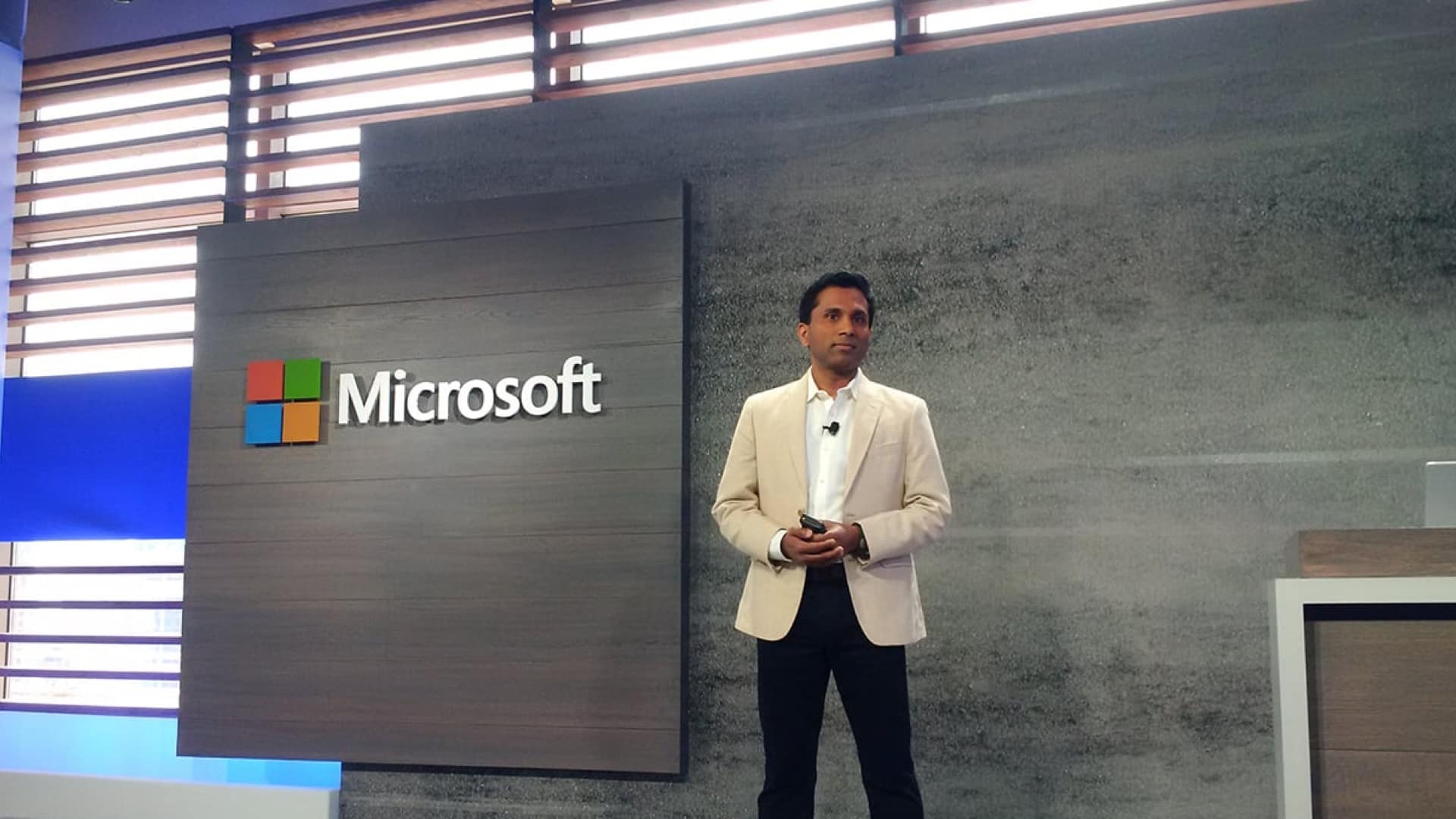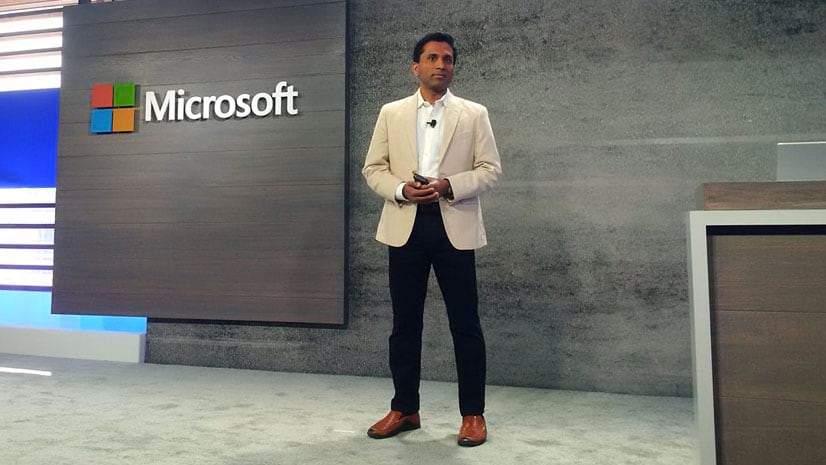This summer LinkedIn introduced the feature Your Commute, which offers an in-app way for users to calculate travel time to a job’s location before they apply.
The new feature, described in a recent TechCrunch article, serves up instant location data to job seekers. When LinkedIn members view a posting, they can select the employer’s location to determine their potential commute without leaving the listing. Soon users will also be able to set their location and commute-time preferences in LinkedIn’s settings, allowing the networking site to automatically surface more relevant job openings.
Location Matters
In today’s healthy job market, employees can afford to be more selective about things like travel time, cost of living, and wages.
And the expanding economy gives employees more power to choose where they live and how far they’ll commute. Those factors can affect job satisfaction as well as overall happiness. New research by University of Michigan associate professors Syagnik Banerjee and Greg Rybarczyk shows that even the method of commuting may affect an employee’s mood, with pedestrian commuters and those who travel by water showing higher levels of positivity.
And location matters just as much to employers seeking top talent. Businesses can use location intelligence when deciding where to open an office or customer location. They can examine demographic and cost-of-living data inside a geographic information system (GIS) to identify areas that are close or appealing to promising candidate pools. With the Millennial workforce prone to switching jobs frequently and companies like LinkedIn giving users insights into commute times and other kinds of lifestyle information, choosing an ideal business location is more important than ever for attracting and retaining quality employees.
Turning Transparency into Value
LinkedIn, the Microsoft-owned network that boasts more than 550 million users in 200 countries, is doing what many other businesses across industries are doing—taking advantage of the location data it already has in order to deliver more value to customers. Before this announcement, companies on LinkedIn could list their locations and members could identify their geographical areas of interest. Now the network has integrated location and navigation technology to activate this wealth of data, making it more transparent and useful to LinkedIn members.
LinkedIn’s commute calculator removes a barrier to job seekers and serves up key location intelligence at the moment of decision. Not only should this improve the user experience, TechCrunch reports, but it means LinkedIn now offers something other job sites do not, differentiating it from competitors.

Since LinkedIn's mission is to connect the world's professionals, answering the question of where those professionals connect is understandably top of mind.
The Future of Location Intelligence and AI
LinkedIn senior product manager Dan Li told TechCrunch that the network is seeking more ways for users to leverage location data in their job searches. TechCrunch speculates that future applications could make more use of artificial intelligence (AI)—technology LinkedIn already uses to suggest messages users can send to colleagues—to propose mutually convenient locations for two professionals to meet, for instance.
AI has garnered much attention in the business world. As Microsoft’s Joseph Sirosh recently told WhereNext, “AI, informed by location data, helps organizations reason and interact with the increasingly sophisticated world around us.” Sirosh also noted that CEOs are using AI to create new experiences for customers, just as LinkedIn is beginning to do.
(For more on artificial intelligence from Microsoft’s corporate vice president of AI and research, listen to this podcast.)
LinkedIn’s rollout of Your Commute is a reminder of the importance of location intelligence to business professionals. As industry-leading companies continue to expand their use of location intelligence and AI, C-level executives in all industries will look for their own opportunities to improve the customer experience through these new sources of insight.











